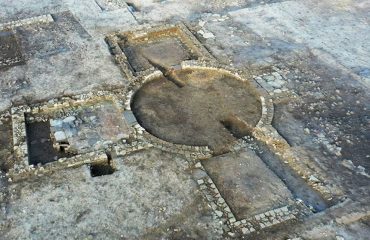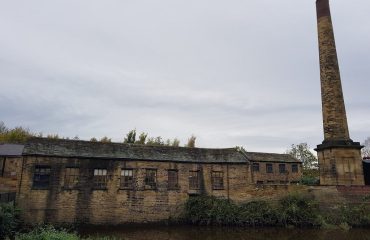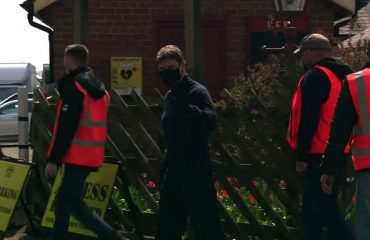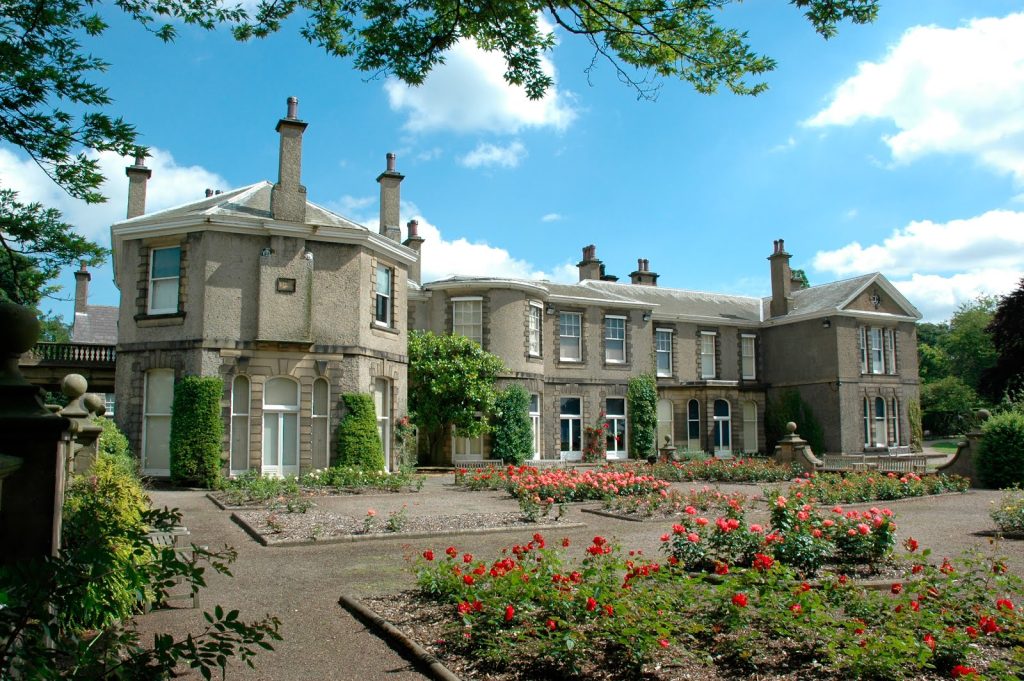
Lotherton Hall is a large country house once owned by the Gascoignes. Currently, it is a museum within the Leeds Museums and Galleries group and is open to the public with gardens and a bird garden.
History and the Gascoignes
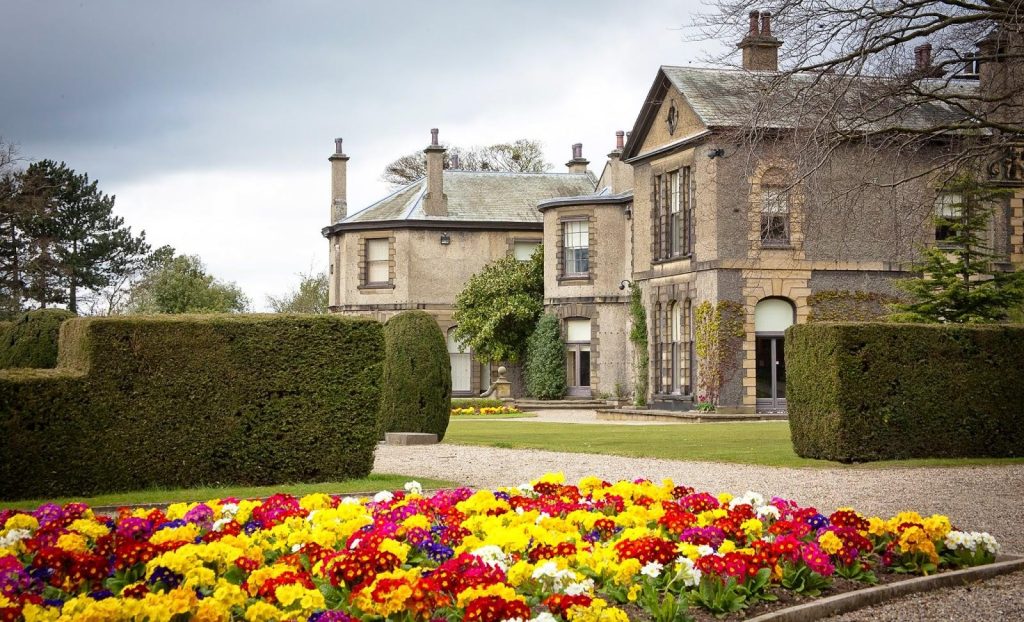
Lotherton hall first came into the possession of the Gascoignes when it was purchased in 1825 by Richard Oliver Gascoigne. The assumption was for him to pass the hall on to one of his two sons. However, in 1842 both of his sons passed away and Lotherton Hall passed on to be inherited by his daughters instead. They inherited Lotherton Hall the year after in 1843 when their father died. The sisters divided the Yorkshire holdings, with Elizabeth taking Lotherton Hall. during Elizabeth’s ownership, the hall was mostly rented out to tenants, as she preferred Castle Oliver in Ireland for her main residence. On Elizabeth’s death, the hall was inherited by Colonel Fredrick Gascoigne and he preferred Lotherton Hall to his family home, Parlington. The Colonel moved many of his furnishings to Lotherton Hall. subsequently, Parlington was demolished in the 1950s. Between 1896 and 1931 Lotherton Hall was remodelled extensively to accommodate the growing habitation of it by the Gascoigne family. This remodelling included adding a new dining room, entrance hall, drawing room and servants wing. In addition to this, the Colonel’s wife Gwendolen (a goddaughter of Florence Nightingale) designed and built an Edwardian-style garden along the south front of the hall. In 1937 their son Alvary inherited Lotherton Hall, he was the British ambassador to both Japan and Moscow. He too lived in Lotherton Hall, with his second wife, Lorna. While at Lotherton he enriched its decor with oriental pieces acquired in his role as an ambassador. Alvary’s son died in action during the first world war and thus with no heir to inherit Lotheton hall. Alvary decided to gift the house and estate to the city of Leeds in 1968. As a gift with the conditions of it to be open to the public, he also assigned money to expand the collection of artistic works contained within.
During the first world war
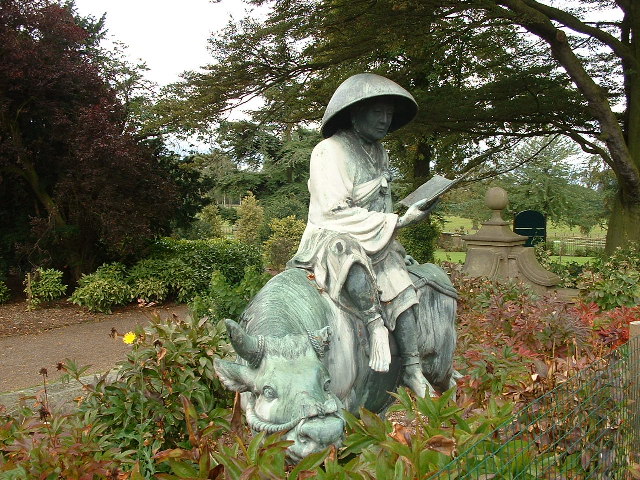
The Gascoignes were a very patriotic family and felt duty-bound to help the war effort, during England’s involvement in the first world war. In November 1914 Lotherton Hall was transformed into a voluntary aid detachment hospital for wounded soldiers. The hospital was run by Laura Gwendolyn Gascoigne with help from the VAD volunteer nurses and her daughter Cynthia. Initially, the hospital was smaller and contained only eighteen beds, at the inception of the war. However, as the intensity of the war increased the hospital expanded to have thirty-five beds by the end of the war. Between 1914 and 1919 the hospital had treated and saved 655 soldiers in total. All of this was funded by the Gascoigne’s own money as they had refused government aid and grants. Colonel Gascoigne also volunteered as an ambulance driver on the western front whilst his son was serving in the army. Due to their efforts during the war, they gained the appreciation of the local community and from St Johns Ambulance Service, so much so that in 1918 Mrs Gascoigne was awarded a CBE.
The Museum and modern-day
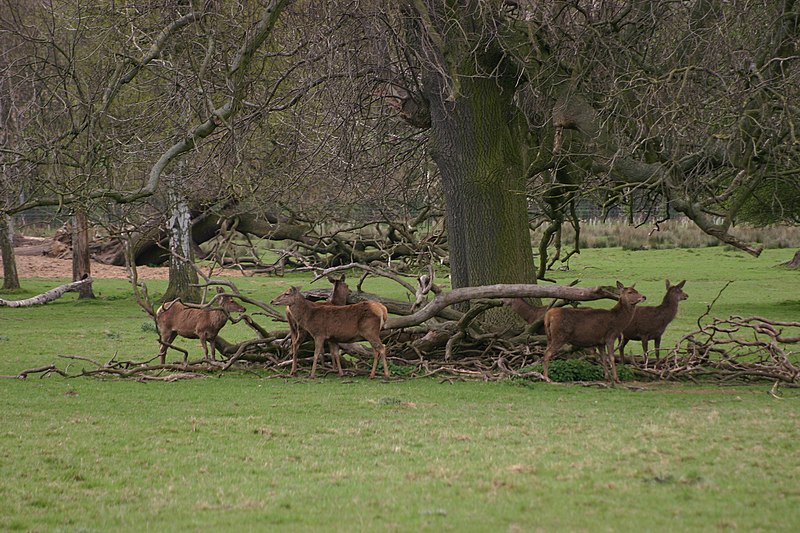
Currently, Lotherton Hall is run as a paid museum attracting 453 thousand visitors in 2018 alone, making it the second most visited paid attraction in Yorkshire. Lotherton Hall itself contains around three thousand objects that come from five collections. The initial Gascoigne gift accounts for less than a third of the total current collection. This gift was given in stages between 1955 and 1979. It consisted of paintings, sculptures, furniture, silver, jewellery, porcelain, prints, drawings and textiles. The gardens are also a feature of the current Lotherton museum. They were designed by Mrs Gascoigne prior to world war I, they also hold a collection that has many features each with its own character to compliment the rooms within Lotherton Hall. another striking feature that draws in tourists is the Halls bird gardens. Built and opened in 1980 on the former site of the kitchens, the bird gardens consist of over two hundred species of birds from six different continents. In 2003 they added a walk-through aviary titled ‘into Africa’ which was a huge hit allowing tourists to come through and see a mix of African bird species up close. There is also a deer park which was also created in the early 1980s. A herd of deer was initially moved here from Temple Newsham estate. Later yet a herd of red deer were introduced to the estate and they are currently the only species to still be present there.

